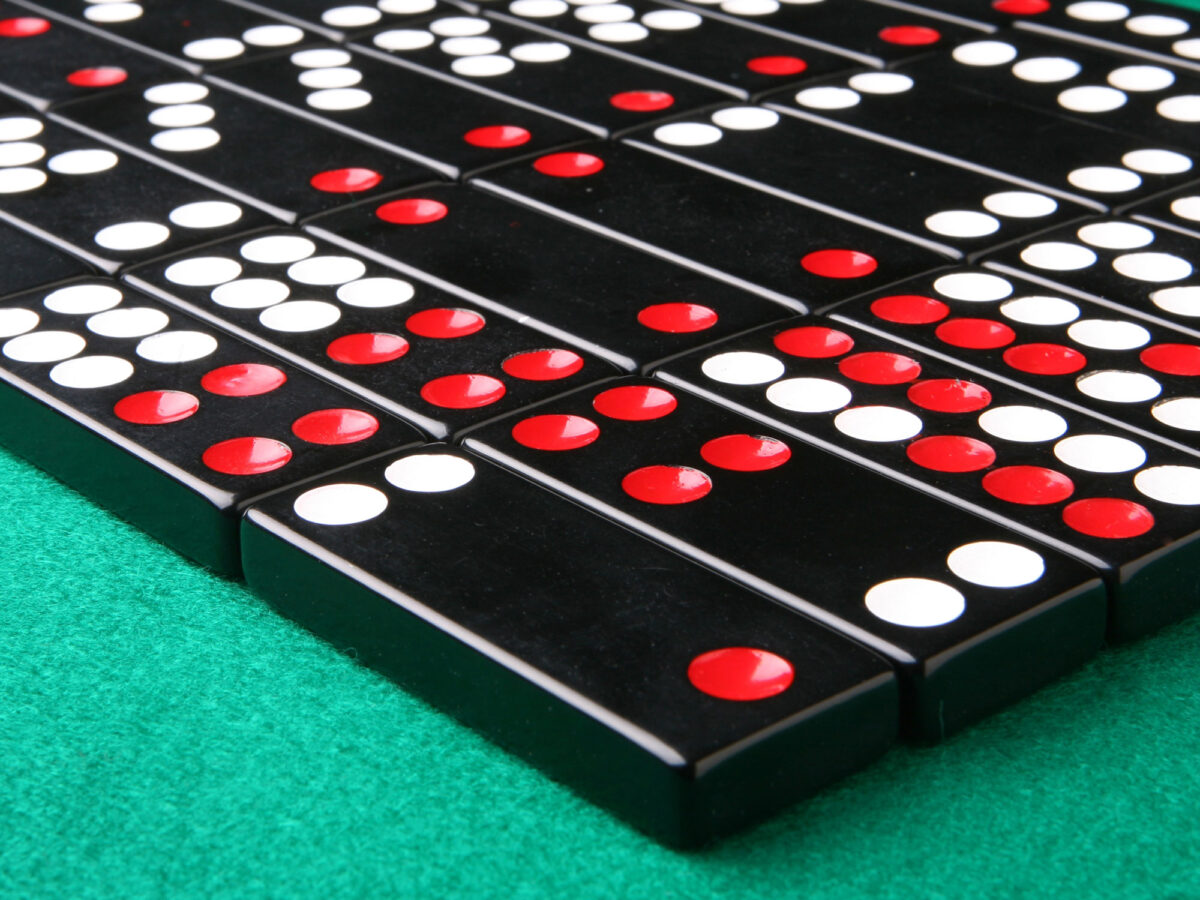Who could have thought that a domino game invented over a thousand years ago in China would transform into one of the 21st century’s hottest casino sensations? The original game of Pai Gow dates back at least to the Song Dynasty in about 960 AD. As such, it was one of the earliest casino games ever played and was a mainstay in gambling houses throughout Eastern Asia for centuries.
But in 1985, Pai Gow Poker was created by Sam Torosian, owner of the Bell Card Club in California. He took the basics of the ancient game and converted the rules to play with contemporary playing cards. It quickly became very popular and started appearing in casinos. Ironically, Torosian failed to patent his invention and was never able to make money on it.
Playing the Game
All you need to play Pai Gow Poker is a standard deck of 52 cards and one Joker. Like Blackjack, the object is to defeat the “banker,” who is usually the dealer. Up to six players sit at the table along with the dealer. Two hands are dealt: a “high” hand consisting of five cards; and a “low” hand consisting of two cards. So you’re actually building two hands at once.
And here’s the kicker: your high hand must beat your low hand. If it doesn’t, you automatically lose. If your low hand is a pair of tens, you have to have a pair of Jacks or better in the high hand. The high hand follows the standard hierarchy of Poker hands: pairs, two pairs, three of a kind, straights, flushes, four of a kind, and straight flushes (with royal flushes at the very top).
To beat the house, both of your hands have to be better than the banker’s. If your hands are both lower, then the house wins. If you beat one of the banker’s hands and the banker beats one of your hands, it’s a push, and neither side collects any money. In terms of equivalent hands, ties go to the banker (i.e., you both have a pair of tens in the low hand).
The Pai Gow Poker Rules
In Pai Gow Poker, the cards are shuffled, and then the dealer lays them into face-down piles comprised of seven cards for each player and the dealer. The rest are put into a discard pile (note: the maximum number of players is seven, including the dealer; in that case, there will be four leftover cards for the discard that are not played).
All of the cards act the same as in any other Poker game, with one obvious outlier. The Joker acts as an ace in all cases with two exceptions: you can use it as a wild card to complete a flush or to complete a straight. As explained, standard Poker hand hierarchy applies (the low hand can only count as a pair or high card hand).
Cards are dealt in a counterclockwise direction, alternating between each seating position, so each player has the chance to play from a different sequential position. You take the seven cards you are dealt and break them up into whatever you see as the best high and low hands you make from them. The dealer sets their hands as per the casino’s house rules.
Show Your Cards
Now it’s time for the Pai Gow Showdown.
The players have set their hands. The two-card “low” hand is laid out up front. The five-card “high” hand is set back.
The moment of truth has arrived.
Have you made the strongest hands possible? Solid high hands like a straight or a flush are a safe way to go, but if you can parlay that with a solid pair in the low hand, you’re golden.
You won’t see that happen most of the time, so do your best to make at least one hand have a good chance of winning to go for a tie. Everybody shows their cards, and you’ll see who beat the house — and who didn’t!
Fun to Know
There are actually quite a few interesting facts and terms associated with Pai Gow Poker. For example, variants exist that allow additional betting rules.
Side bets are popular in many casinos, and they come with all sorts of cool names like “Pai Gow Mania.” This one gives players the chance to make two side bets on the outcome of a hand.
Then there is the artistic way the cards used to be shuffled: the piles would be laid out into piles resembling a dragon!
There’s a bunch of lingo you’ll pick up too, but the most important is the “non-hand.” That’s what you call it when your high hand can’t beat your low hand.
One last thing to keep in mind: most casinos will charge you to play Pai Gow Poker. Often, they collect a 5% commission on your winnings. Alternately, they may seek a flat fee to sit at the table. It’s a modest way of giving the house a financial edge in this unpredictable and exciting game!
Ready to Try It?
If you’re all set to step into the most amazing game you’ve ever tried, now is the time! Pai Gow Poker is popular because it is very easy to learn yet requires a sharp strategy skill set to do well. Not only that, there’s a whole bunch of incredibly fun variations out there.
Pai Gow Poker at RW NYC
Visitors of Resorts World New York City are welcome to enjoy a game of pai gow poker (and more) in its electronic version. Same level of excitement guaranteed!
 Sign In
Sign In Book Now
Book Now








